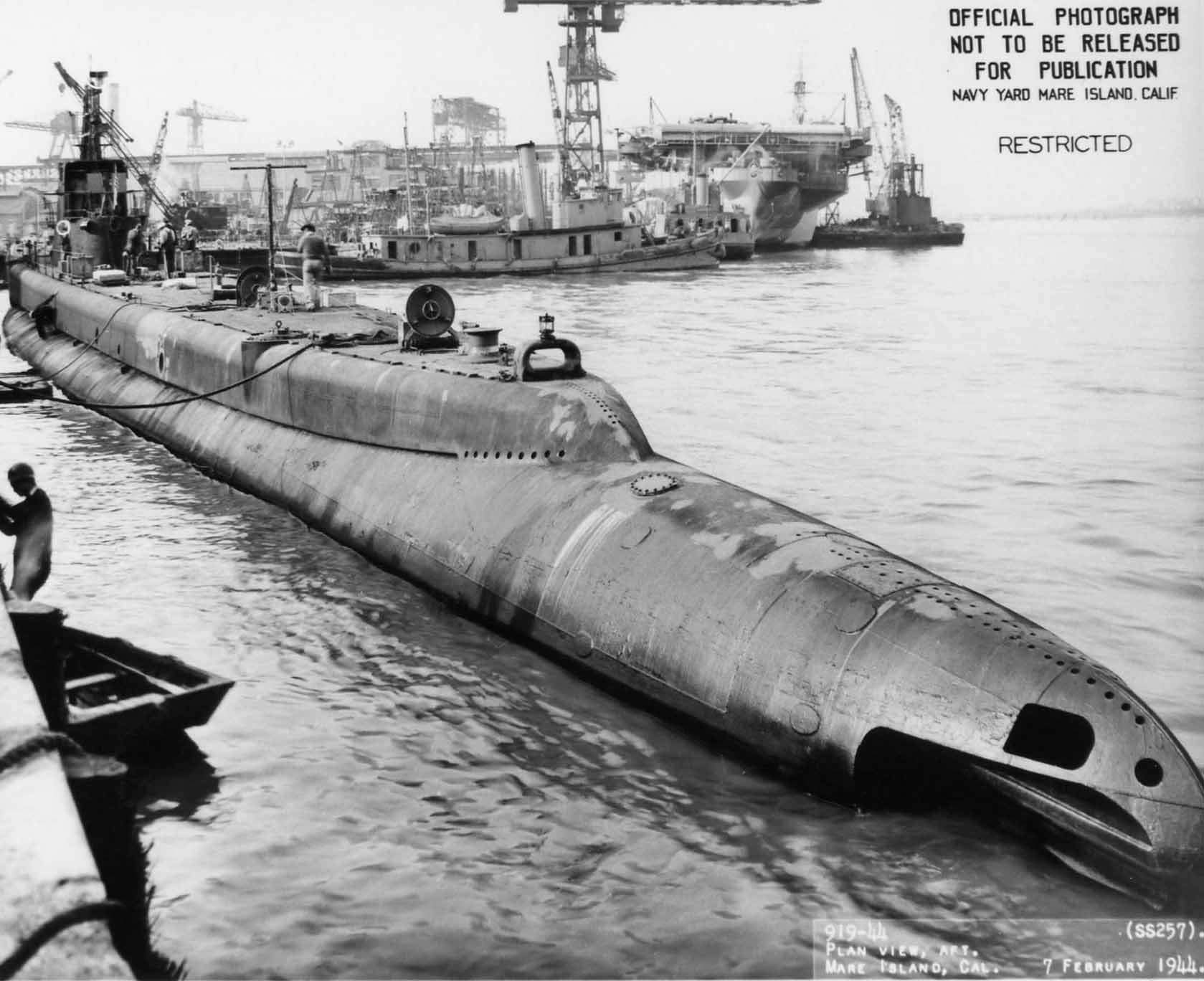Documents classified as “secret and confidential” provoke an all-too-human urge to peek at something forbidden.  That urge becomes irresistible when those documents are military records. Fold3’s newest title, Confidential Correspondence of the Navy, 1919-1927, lets you sneak back in time to review formerly classified communications of the U.S. Navy during World War I, the immediate postwar years, and the first years after the Washington Naval Treaty of 1922.
That urge becomes irresistible when those documents are military records. Fold3’s newest title, Confidential Correspondence of the Navy, 1919-1927, lets you sneak back in time to review formerly classified communications of the U.S. Navy during World War I, the immediate postwar years, and the first years after the Washington Naval Treaty of 1922.
The records document U.S. naval involvement with foreign countries, application of technology to naval matters, establishment of overseas bases, appropriations, tactical doctrine, naval strategy, peacetime naval maneuvers, and wartime naval operations.
A few of the many highlights:
- A 1920 report on the development of a U.S. Naval Station at Pearl Harbor accompanied by secret sketches relating to the estimated maximum number of ships’ moorings off Oahu.
- A 1919 memo divvies up Germany’s surrendered enemy warships among the victors of The Great War.
- America’s dependence on foreign oil may have been initiated by a 1919 recommendation that “American petroleum companies be encouraged by the Government to acquire foreign sources of oil supply” to insure adequate reserves as the demand for petroleum products increase.
Files are organized by master numbers assigned to a variety of subjects and locations. Major sets of files titled Hawaiian Islands, German Peace Treaty, Radio, War Plans, and others are explained further in the Fold3 description. Explore these historically enlightening, formerly classified documents within the Confidential Correspondence of the Navy, 1919-1927 on Fold3.




